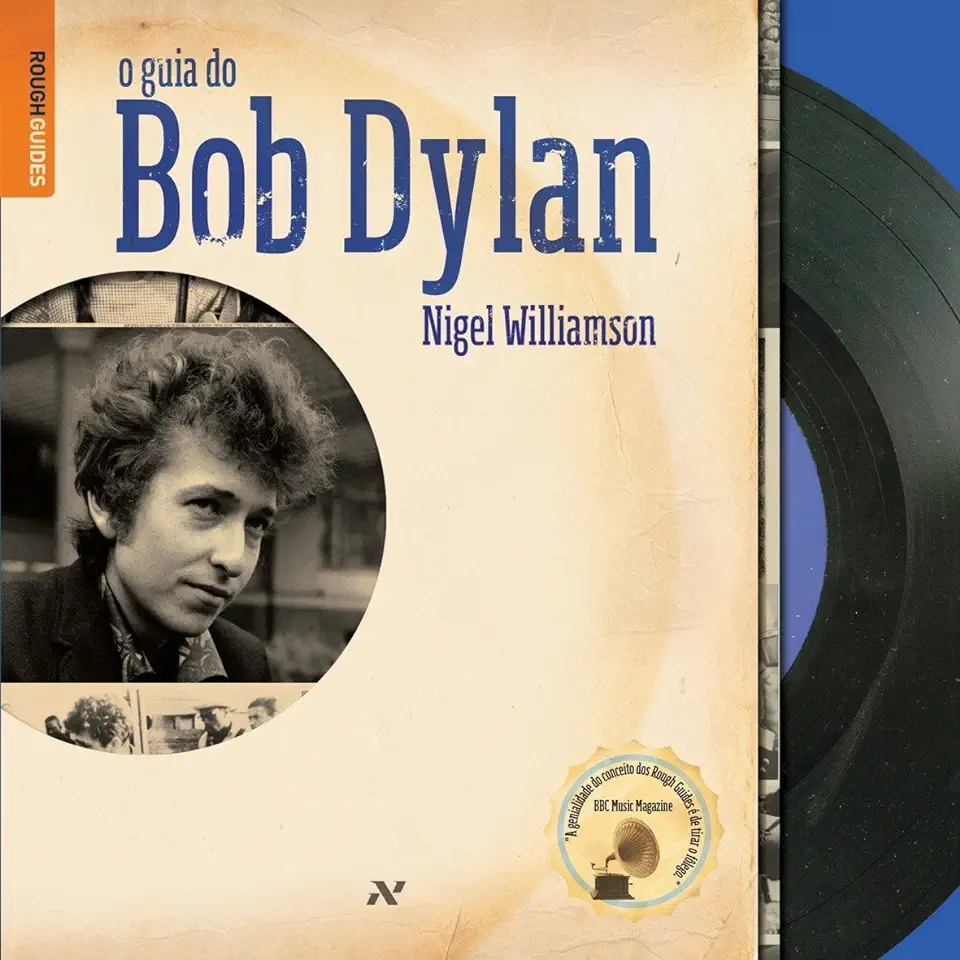
The Bob Dylan Handbook - Nigel Williamson
The Bob Dylan Handbook: A Comprehensive Guide to the Life and Music of the Legendary Singer-Songwriter
Introduction
Bob Dylan is one of the most influential and acclaimed musicians of all time. His music has spanned genres, from folk to rock to blues, and his lyrics have been praised for their poetic beauty and social commentary. In this comprehensive handbook, Nigel Williamson provides an in-depth look at Dylan's life and career, from his early days in the Greenwich Village folk scene to his rise to international stardom.
Early Life and Influences
Bob Dylan was born Robert Allen Zimmerman in Duluth, Minnesota, in 1941. He grew up in a Jewish family and was exposed to a wide range of music, including folk, blues, and rock 'n' roll. Dylan began playing guitar and writing songs at an early age, and he was influenced by a variety of artists, including Woody Guthrie, Hank Williams, and Elvis Presley.
The Greenwich Village Folk Scene
In the early 1960s, Dylan moved to New York City and became part of the Greenwich Village folk scene. He quickly gained a reputation as a talented songwriter and performer, and he soon signed a recording contract with Columbia Records. Dylan's early albums, such as "The Freewheelin' Bob Dylan" (1963) and "The Times They Are a-Changin'" (1964), were critical and commercial successes, and they helped to establish him as one of the leading voices of the folk music revival.
Going Electric
In 1965, Dylan shocked the folk music world by going electric at the Newport Folk Festival. His performance was met with boos and jeers from some fans, but it also marked a turning point in his career. Dylan's subsequent albums, such as "Highway 61 Revisited" (1965) and "Blonde on Blonde" (1966), were more experimental and rock-oriented, and they helped to expand his audience beyond the folk music community.
The 1970s and Beyond
In the 1970s, Dylan continued to release critically acclaimed albums, such as "Blood on the Tracks" (1975) and "Desire" (1976). He also toured extensively, and his concerts were often sell-outs. In the 1980s and 1990s, Dylan's output slowed down somewhat, but he continued to release new albums and tour regularly. In 2016, he released his 38th studio album, "Fallen Angels," which was a collection of covers of classic American songs.
Dylan's Legacy
Bob Dylan is one of the most influential and acclaimed musicians of all time. His music has had a profound impact on popular culture, and his lyrics have been praised for their poetic beauty and social commentary. Dylan has won numerous awards, including the Nobel Prize in Literature in 2016. He is a true icon of American music, and his legacy will continue to inspire and influence musicians for generations to come.
Conclusion
The Bob Dylan Handbook is a comprehensive and authoritative guide to the life and music of one of the most important musicians of all time. Nigel Williamson provides an in-depth look at Dylan's career, from his early days in the Greenwich Village folk scene to his rise to international stardom. This book is a must-read for any fan of Bob Dylan or for anyone interested in the history of popular music.